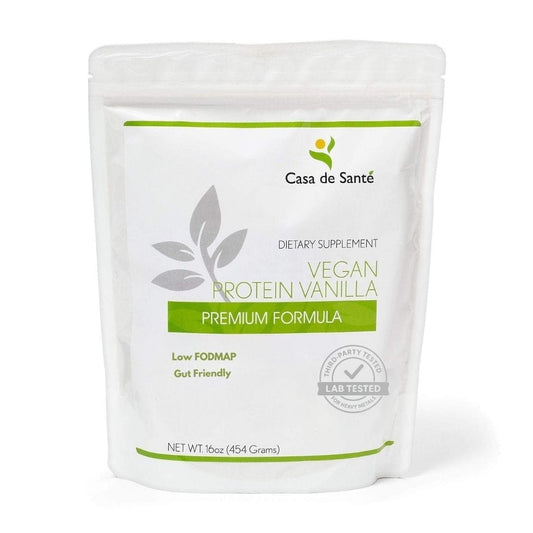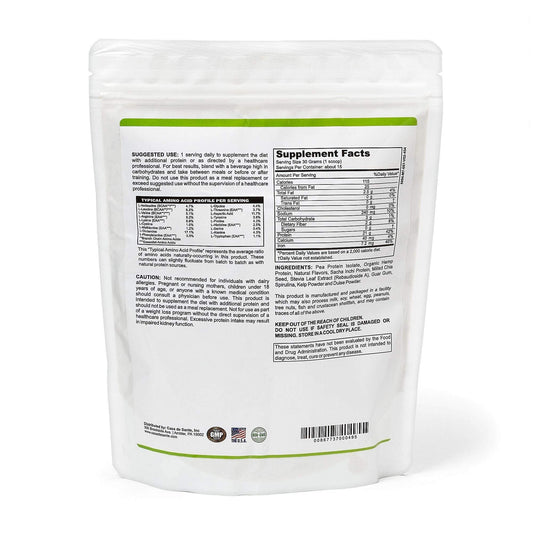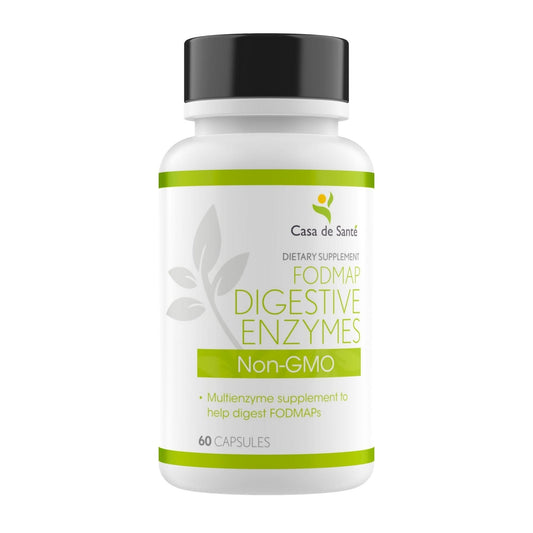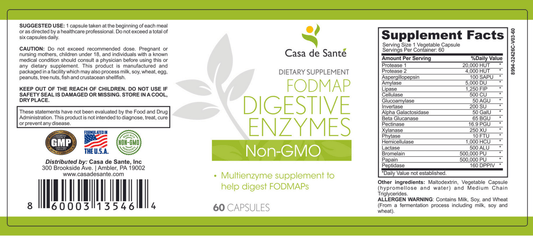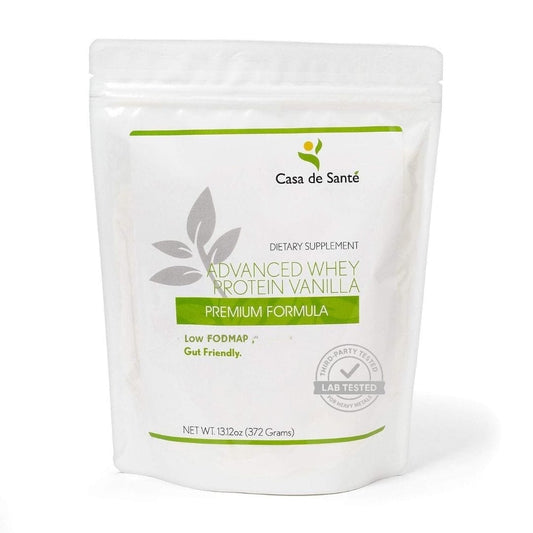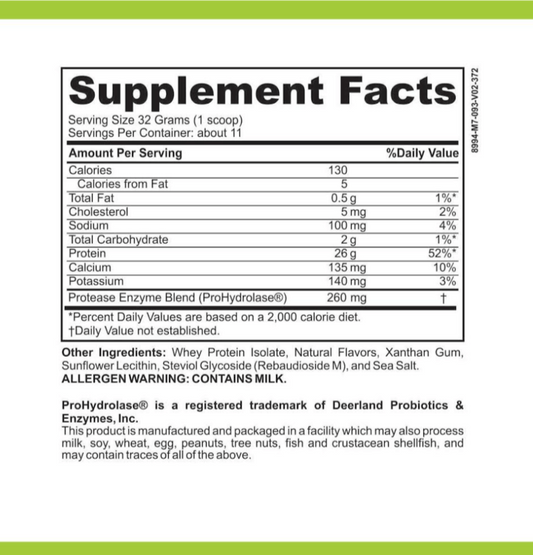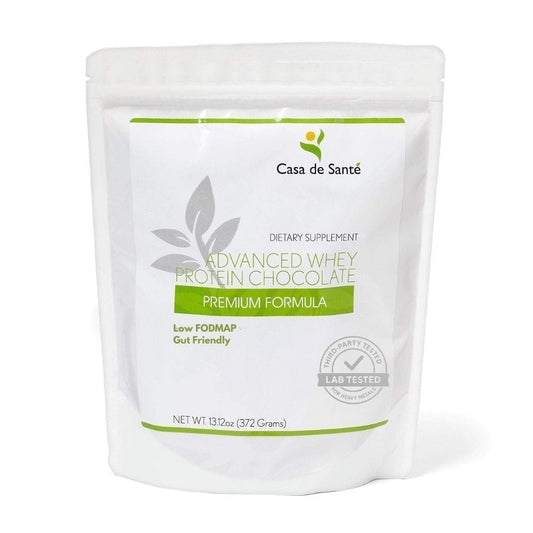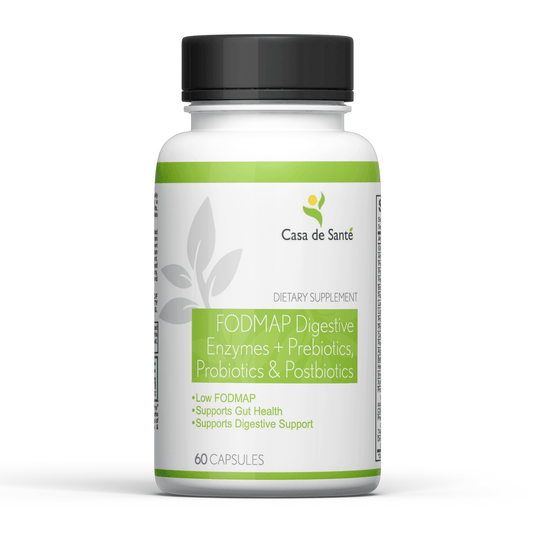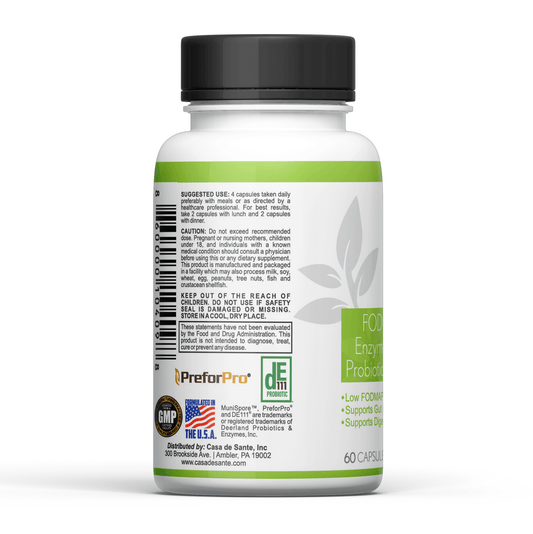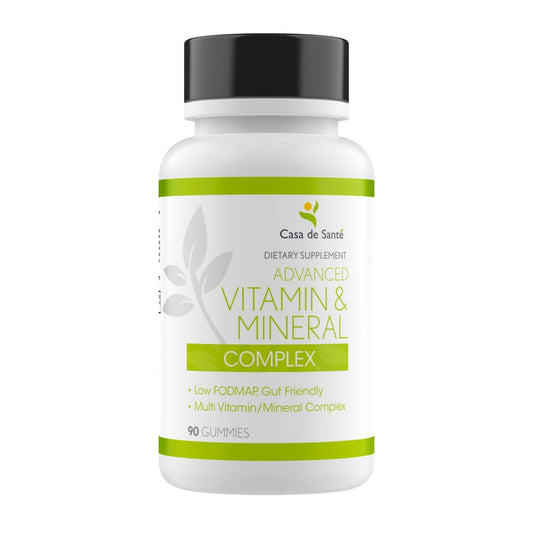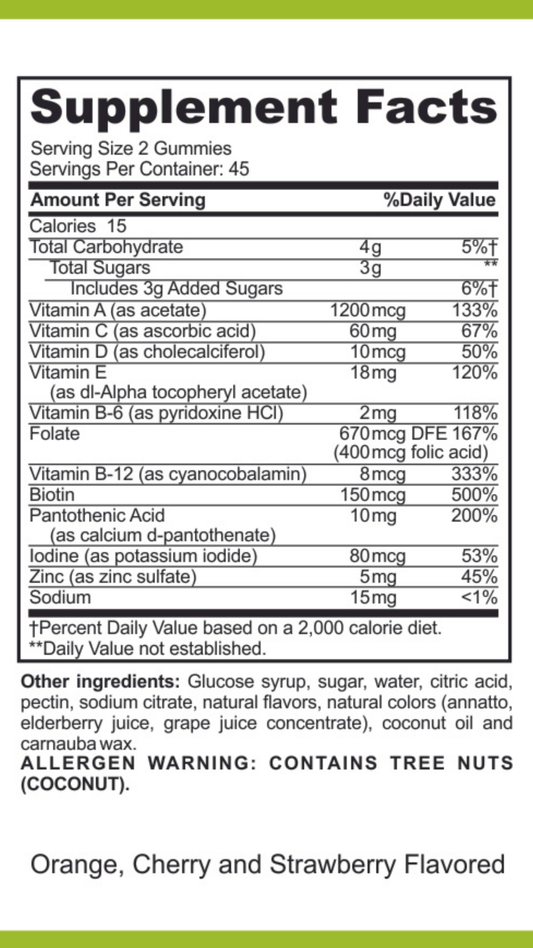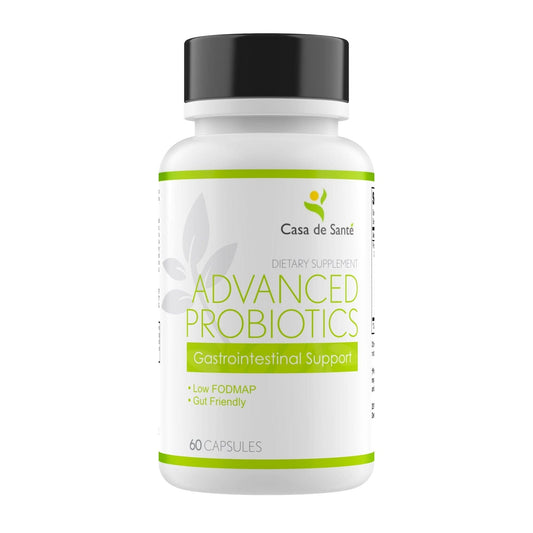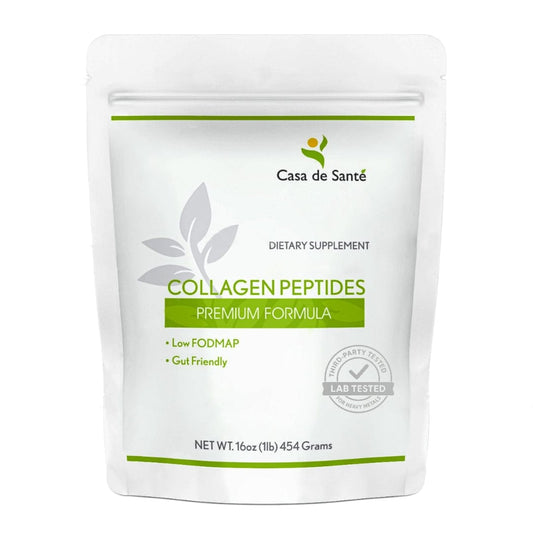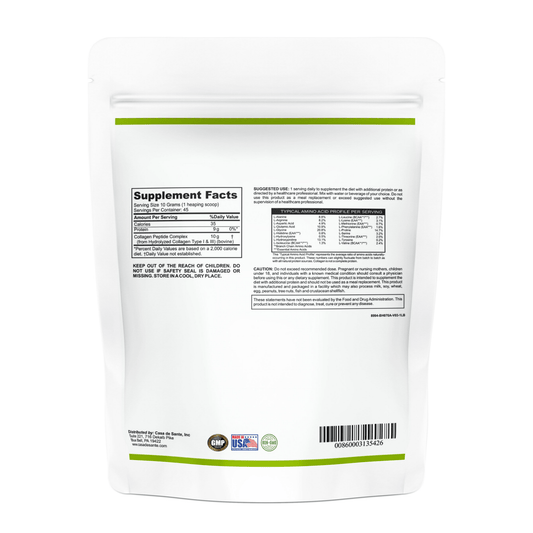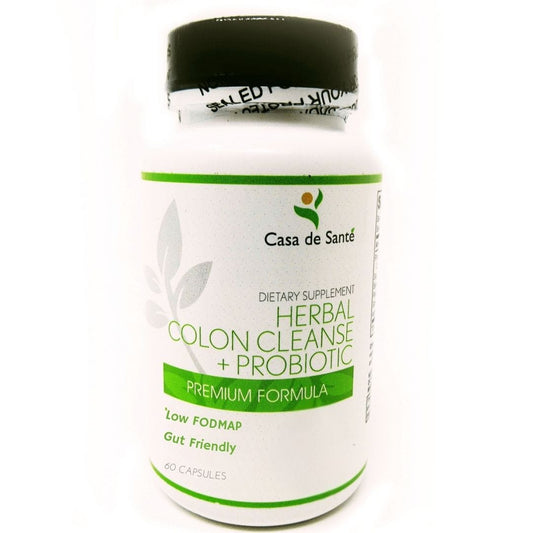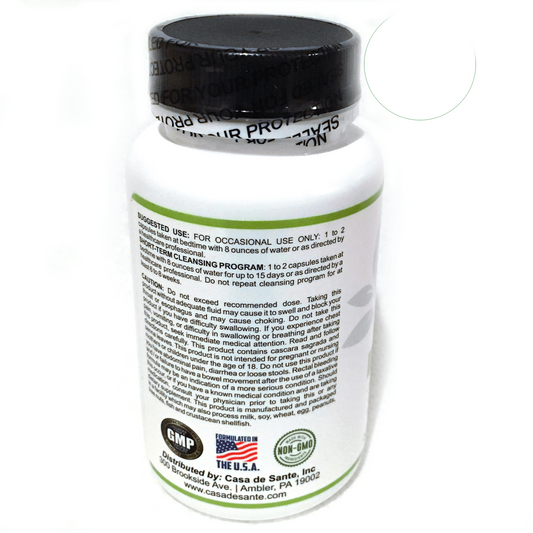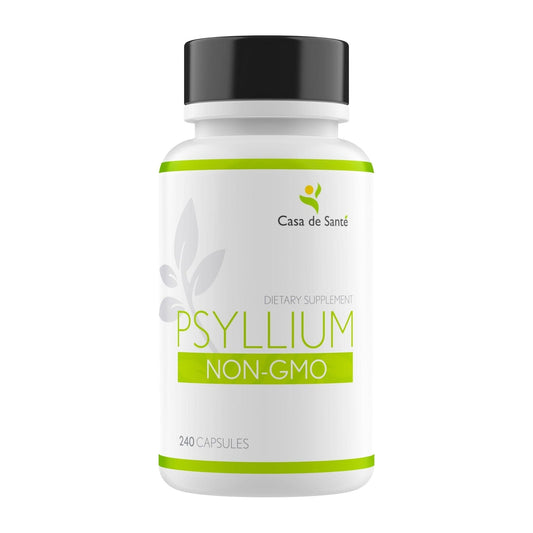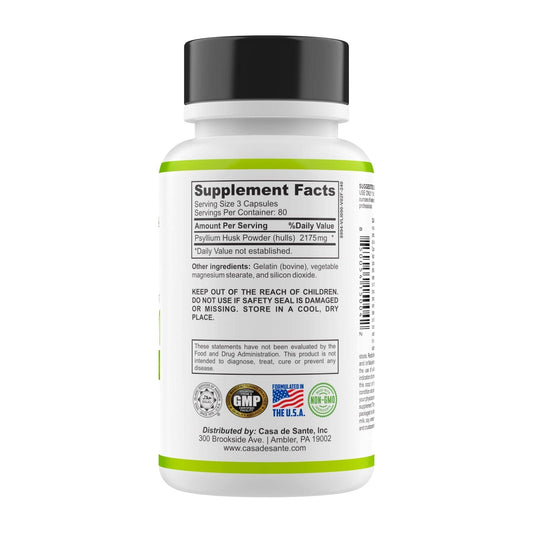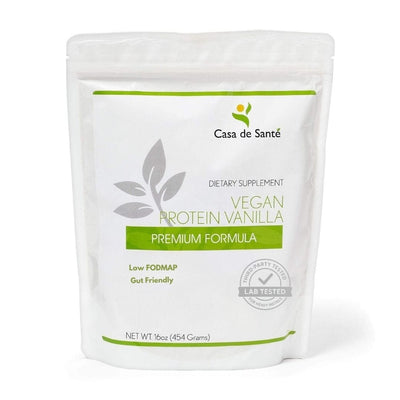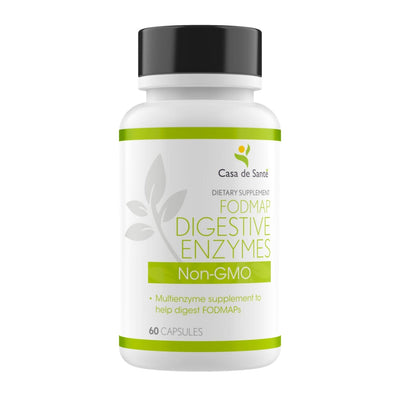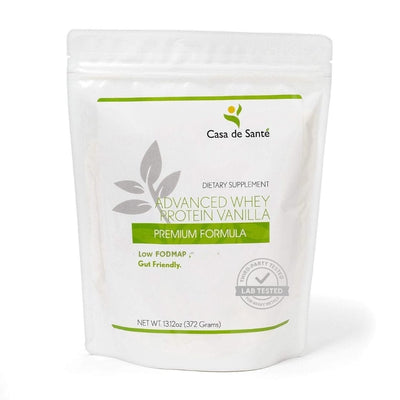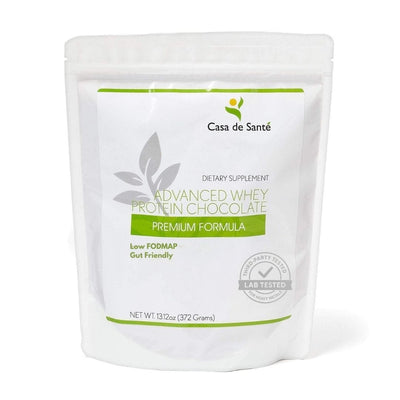Should I Take a Bath or Shower With POTS? Expert Insights and Tips for Managing Symptoms
Living with Postural Orthostatic Tachycardia Syndrome (POTS) can be tough, especially when it comes to everyday activities like bathing. If you find yourself asking, "Should I take a bath or shower with POTS?" you're not alone. Many people with this condition struggle with the best ways to manage their symptoms during personal care routines. In this article, we'll explore expert insights and practical tips to help you navigate bathing and showering safely and comfortably.
Key Takeaways
- Use lukewarm water to avoid triggering symptoms.
- Consider using a shower chair for stability and comfort.
- Limit the time spent in the shower or bath to prevent fatigue.
- Stay hydrated before bathing to help manage symptoms.
- Avoid alcohol and caffeine as they can worsen POTS symptoms.
Understanding POTS and Its Symptoms
Common Symptoms of POTS
POTS, or Postural Orthostatic Tachycardia Syndrome, can really throw a wrench in your day-to-day life. It's all about how your body reacts to standing up. Normally, when you stand, your body adjusts to keep blood flowing to your brain, but with POTS, this system goes a little haywire.
Here's a rundown of some common symptoms:
- Dizziness or lightheadedness is a big one. It's that feeling like you might faint when you stand up too quickly.
- Heart palpitations, where your heart feels like it's racing or pounding.
- Brain fog, which makes it hard to concentrate or remember things. It's like your brain is wading through mud.
- Fatigue that just doesn't quit, no matter how much you rest.
- Some people also deal with nausea, sweating, and even chest pain. It's a mixed bag, and everyone experiences it a bit differently.
Triggers for POTS Symptoms
So, what sets off these symptoms? Well, a few things can act as triggers. Standing for a long time is a major one. Heat can also be a big problem, which is why hot showers can be tricky. Dehydration is another common trigger; not having enough fluids in your system can make symptoms worse. Even things like stress or certain foods can play a role. It's often about figuring out what your personal triggers are and trying to manage them.
Impact on Daily Life
POTS isn't life-threatening, but it can seriously mess with your daily routine. Imagine trying to work when you're constantly dizzy or struggling to focus. Or trying to socialize when you're exhausted all the time. It can affect everything from your job to your relationships. Simple things like grocery shopping or doing laundry can become major challenges. It's a condition that requires a lot of adjustments and self-care to manage effectively.
Living with POTS can feel like a constant balancing act. You're always trying to anticipate what might trigger your symptoms and how to avoid them. It's not easy, but with the right strategies and support, it's possible to live a fulfilling life despite the challenges.
Bathing and Showering Considerations
Temperature Control
For people dealing with POTS, temperature is a big deal. Extreme temperatures, especially heat, can really mess with your symptoms. I've found that keeping things consistent is key. Think about using air conditioning, maybe a cooling vest, or even just a little handheld mister. When it comes to showering, lukewarm water is usually the best bet. Too hot or too cold can sometimes trigger those POTS symptoms. It's all about finding that sweet spot where your body feels stable and not overwhelmed.
Duration of Exposure
How long you're exposed to the bathing or showering environment matters a lot. I've learned that quick showers are often better than long baths. The longer you're in the heat and humidity, the more likely you are to feel those POTS symptoms kicking in. Try to keep your showers short and sweet. If you're taking a bath, maybe aim for 10-15 minutes max. It's about minimizing the stress on your body and not letting those symptoms get a chance to flare up. Consider setting a timer to help you keep track!
Standing vs. Sitting
Standing for long periods can be a major trigger for POTS symptoms. That's why figuring out the best position for bathing or showering is so important. Using a shower chair can make a huge difference. It takes the pressure off your body and helps prevent that lightheadedness or dizziness. If you prefer baths, try sitting in a way that minimizes how much you need to strain or stand up. It's all about finding ways to make the process easier on your body. Think about what works best for you and don't be afraid to experiment with different positions. You can also try compression garments to help with blood pooling.
Best Practices for Bathing with POTS

Using Lukewarm Water
When it comes to bathing with POTS, temperature is key. Extremes in temperature, especially hot water, can really mess with your symptoms. I've found that sticking to lukewarm water is the best bet. Think of it like Goldilocks – not too hot, not too cold, just right. This helps to avoid triggering that rapid heart rate and dizziness that can come with temperature changes. It's a simple adjustment that can make a big difference in how you feel during and after your bath or shower. You can also try cooling vests to help regulate your body temperature.
Incorporating Shower Chairs
Standing for long periods can be a major trigger for POTS symptoms. That's where shower chairs come in handy. They allow you to sit and conserve energy while still getting clean.
Here's why I think they're great:
- Reduces the risk of fainting or dizziness.
- Conserves energy, so you don't feel as wiped out afterward.
- Makes the whole process more relaxing and less stressful.
I've tried a few different types, and honestly, a basic, sturdy one does the trick. Just make sure it has non-slip feet for safety. It's a small investment that can make a world of difference in your bathing routine. Also, consider installing grab bars for extra support.
Limiting Shower Time
I've learned the hard way that long, luxurious showers are a no-go with POTS. The longer you're exposed to the heat and humidity, the more likely you are to experience symptoms. Aim for shorter showers, around 5-10 minutes max. It might not sound like much, but it can help prevent that post-shower crash.
I like to set a timer on my phone, so I don't lose track of time. It's easy to get carried away, especially if you're trying to relax, but trust me, your body will thank you for keeping it short and sweet.
Here's a quick guide to help you manage your time:
- Prep everything beforehand: towel, soap, shampoo, etc.
- Use lukewarm water.
- Focus on getting clean efficiently.
- Dry off quickly and get dressed in a cool room.
Managing Symptoms During Bathing
Hydration Before Bathing
It's super important to be well-hydrated, especially if you have POTS. Dehydration can make symptoms worse, so drinking plenty of water before you even think about getting in the shower or bath is a good idea. Think of it as prepping your body to handle the potential stress of bathing. I usually aim for at least a liter of water in the hour or two leading up to it. It really does make a difference.
Avoiding Alcohol and Caffeine
Both alcohol and caffeine can mess with your heart rate and blood pressure, which are already sensitive issues with POTS. Alcohol can dehydrate you, and caffeine can overstimulate your system. Neither of those are good when you're trying to manage POTS symptoms during bathing. I know it might be tempting to have a relaxing glass of wine with a bath, but trust me, it's not worth it. Maybe try a caffeine-free herbal tea instead.
Using Cooling Aids
Heat can be a major trigger for POTS symptoms. Keeping cool while bathing is key. Here are some things that can help:
- Cooling Towels: Keep a cold, wet towel on your neck or forehead.
- Ice Packs: Small ice packs can be placed under your arms or on your groin area.
- Fans: A small fan pointed at you can make a big difference, especially in a steamy bathroom.
I've found that having a cooling towel draped around my neck is a lifesaver. It helps keep my body temperature down and prevents that overwhelming feeling of overheating that can lead to dizziness and other unpleasant symptoms. It's a simple trick, but it works wonders.
Also, remember that increasing sodium intake can help with blood volume, which is important for managing POTS.
Supportive Strategies for Daily Living

Dietary Adjustments
Okay, so food. It's not just about what tastes good, especially when you're dealing with POTS. Small, frequent meals are way easier on your system than big ones. Think grazing, not feasting. Also, keep an eye on your salt intake. Some people with POTS find that a bit more salt helps, but definitely talk to your doctor before you start chugging pickle juice. Staying hydrated is also key, so keep that water bottle handy!
Compression Garments
These aren't just for grandma anymore! Compression socks or leggings can seriously help keep the blood from pooling in your legs. This can make a huge difference in how you feel, especially when you're standing for a while. I know, they can be a pain to put on, but trust me, it's worth it. You can find them online or at most medical supply stores. Experiment with different levels of compression to see what works best for you.
Stress Management Techniques
Stress is a major trigger for a lot of POTS symptoms. Finding ways to chill out is super important. Here are some ideas:
- Deep breathing exercises: Seriously, just a few minutes can make a difference.
- Meditation or mindfulness: There are tons of apps that can guide you.
- Gentle exercise like yoga or tai chi: But listen to your body and don't push yourself too hard.
Managing stress isn't a luxury; it's a necessity when you're dealing with POTS. Find what works for you and make it a regular part of your routine. Your body (and mind) will thank you for it.
When to Seek Medical Advice
It's super important to know when to handle things yourself and when to get a doctor involved. With POTS, things can change, and sometimes you need a professional opinion.
Recognizing Worsening Symptoms
Okay, so you've been dealing with POTS, and you're getting used to the usual ups and downs. But what happens when things start to feel different? That's your cue to pay extra attention. If your regular symptoms suddenly get way worse, or if you start experiencing new symptoms you've never had before, it's time to consider reaching out to your healthcare provider. Don't just brush it off as a bad day – it could be a sign that something else is going on. For example, if you're finding that your increased heart rate is becoming more frequent, it's time to seek medical advice.
Communicating with Healthcare Providers
When you do decide to talk to your doctor, come prepared. It helps to keep a symptom diary. Jot down when your symptoms occur, how intense they are, and what you think might be triggering them. This gives your doctor a clearer picture of what's happening. Also, don't be afraid to ask questions! You need to understand what's going on and what your options are. It's a two-way street, so make sure you're actively involved in the conversation.
Understanding Treatment Options
So, you've talked to your doctor, and now you're discussing treatment options. It's not always a one-size-fits-all solution, and what works for one person might not work for another. Your doctor might suggest lifestyle changes, medications, or a combination of both. Make sure you understand the potential benefits and risks of each option. And remember, it's okay to get a second opinion if you're not comfortable with the initial recommendations.
It's important to remember that managing POTS is a marathon, not a sprint. Finding the right treatment plan can take time and patience. Don't get discouraged if the first thing you try doesn't work. Keep communicating with your healthcare provider and exploring different options until you find what helps you feel your best.
Long-Term Management of POTS
Living with POTS is a marathon, not a sprint. It's all about finding what works for you and sticking with it. It can be a bit of trial and error, but don't get discouraged! Let's talk about some ways to manage POTS in the long run.
Lifestyle Modifications
Okay, so lifestyle changes might sound boring, but they can make a huge difference. Think of it as tweaking your daily habits to better support your body.
- Hydration is key. Seriously, keep that water bottle handy. Aim for a consistent intake throughout the day, not just when you feel thirsty.
- Exercise is also important, but ease into it. Start with recumbent exercises like swimming or cycling to avoid triggering symptoms. Gradually increase intensity as you feel able.
- Pay attention to your sleep schedule. Aim for consistent sleep and wake times, even on weekends. A regular sleep routine can help regulate your nervous system.
Regular Monitoring of Symptoms
Keeping tabs on your symptoms can help you identify triggers and track the effectiveness of your management strategies.
- Consider keeping a symptom diary. Note when symptoms occur, what you were doing beforehand, and how severe they were. This can reveal patterns you might otherwise miss.
- Regularly check your blood pressure and heart rate, especially when you're feeling off. This data can provide valuable insights for your healthcare provider.
- Don't be afraid to adjust your strategies based on what you learn. If something isn't working, try something else. It's all about finding what helps you feel your best.
Engaging with Support Groups
Dealing with POTS can feel isolating, but you're definitely not alone. Connecting with others who understand what you're going through can be incredibly helpful.
- Look for local or online POTS support groups. Sharing experiences and tips with others can provide emotional support and practical advice.
- Consider joining online forums or social media groups dedicated to POTS. These communities can offer a sense of belonging and a place to ask questions.
- Remember, it's okay to lean on others for support. Don't be afraid to reach out when you're struggling.
Living with POTS requires patience, persistence, and a willingness to adapt. By making lifestyle modifications, monitoring your symptoms, and engaging with support groups, you can take control of your condition and improve your quality of life.
Final Thoughts on Bathing and Showering with POTS
Choosing between a bath or a shower when you have POTS can be tricky. It really depends on how your body reacts to heat and standing. Remember, keeping the water at a comfortable temperature is key. Lukewarm is usually best. If you feel dizzy or weak, don’t hesitate to sit down or use a shower chair. Listen to your body and take breaks when you need to. Staying hydrated and avoiding alcohol can also help manage your symptoms. Ultimately, it’s about finding what works for you and making adjustments as needed. Don’t be afraid to reach out for support or talk to your doctor about your experiences.
Frequently Asked Questions
What is POTS?
POTS stands for Postural Orthostatic Tachycardia Syndrome. It's a condition that affects blood flow and can cause symptoms like dizziness and fatigue when you stand up.
Can I take a hot bath if I have POTS?
It's best to avoid hot baths. Hot water can make your symptoms worse. Lukewarm water is a safer choice.
Should I sit or stand while showering?
If you have POTS, it's better to sit while showering. Using a shower chair can help you stay safe and comfortable.
How can I manage my symptoms during bathing?
Stay hydrated before you bathe, avoid caffeine and alcohol, and consider using cooling aids like fans or cool towels.
What dietary changes can help with POTS?
Eating smaller meals, drinking plenty of fluids, and increasing your salt intake can help manage POTS symptoms.
When should I talk to my doctor about POTS?
If your symptoms get worse or if you have new symptoms, it's important to talk to your healthcare provider.

